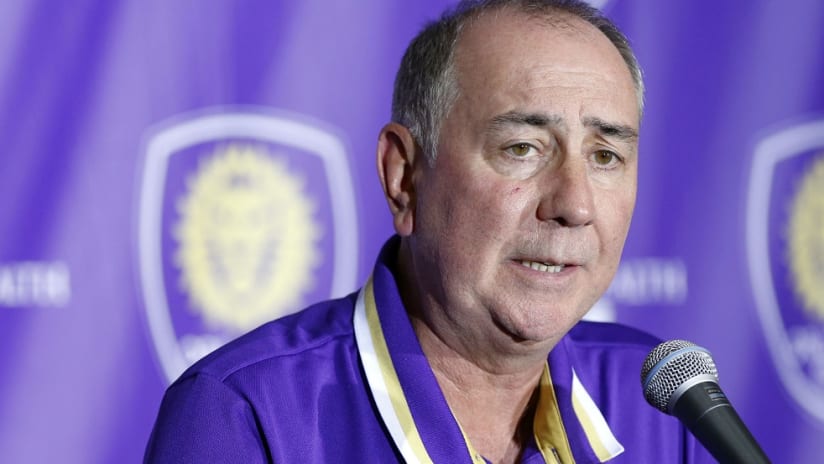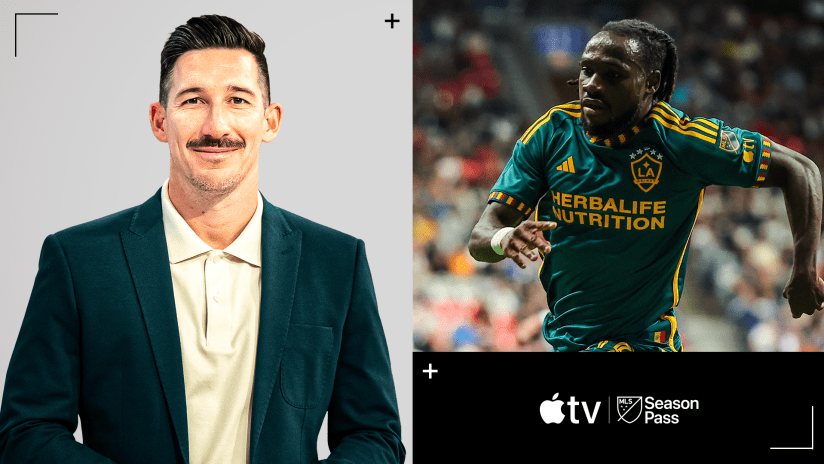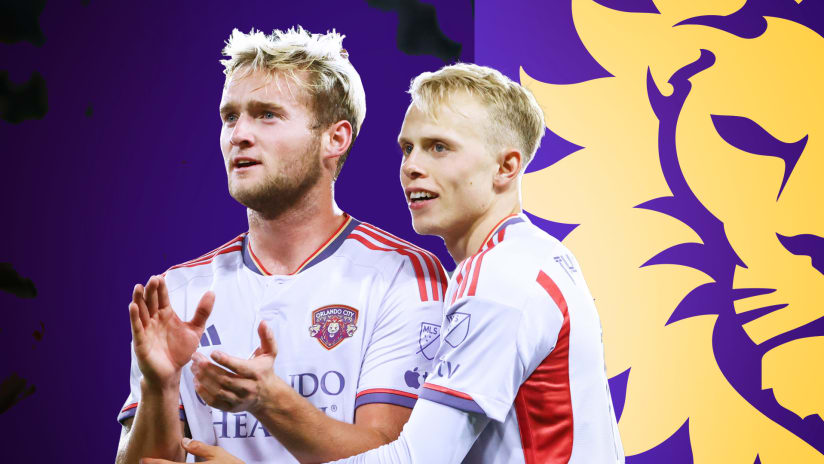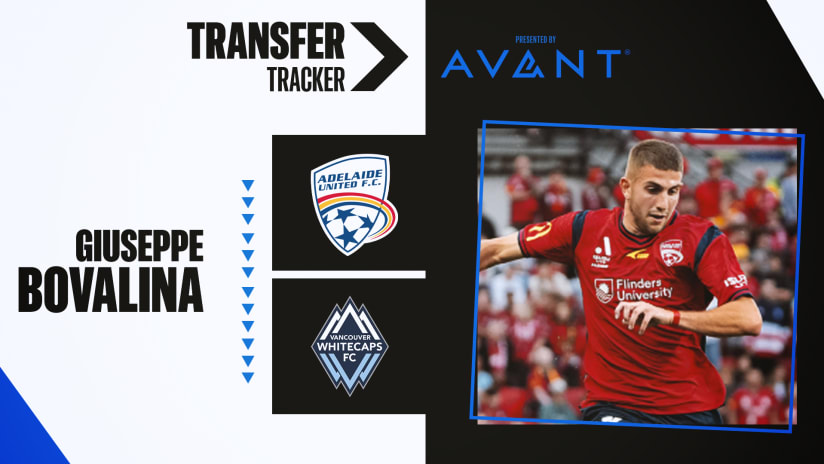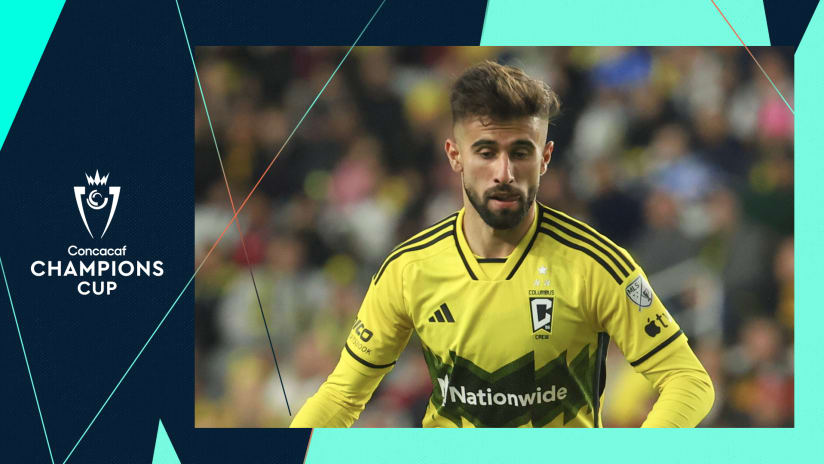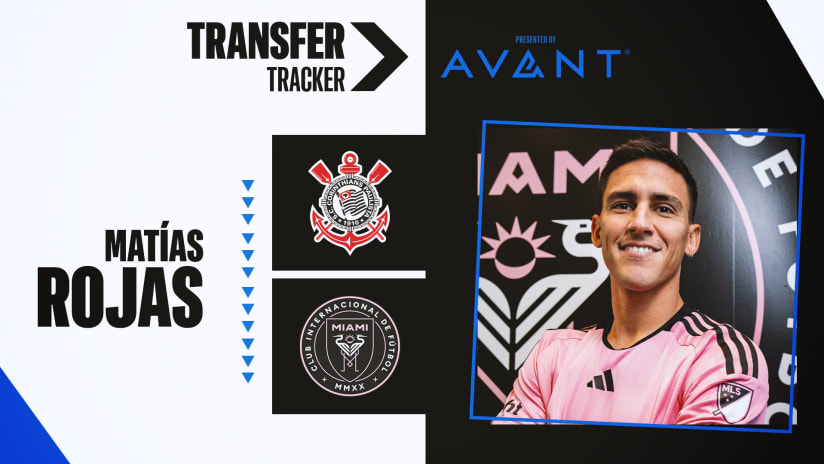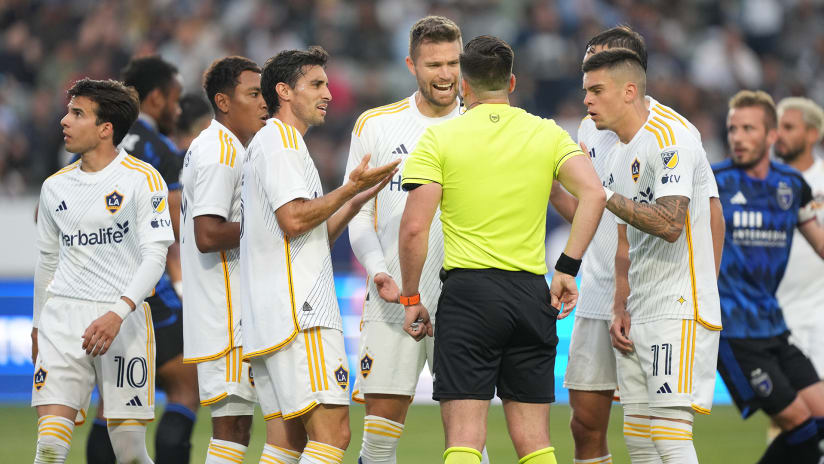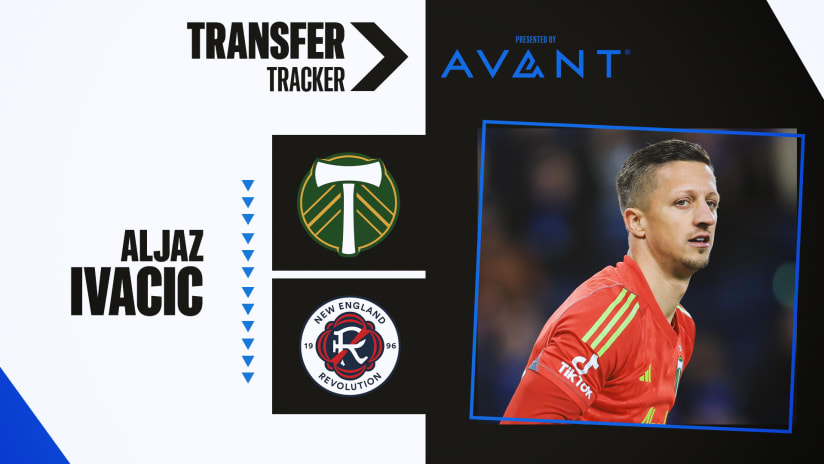The region that couldn't make it in MLS for years is now one of the league's hottest – and the resurgence started when Orlando City SC made the move up from USL as a 2015 expansion side, becoming the league's first Florida club since 2001 and paving the way for Atlanta United's big expansion splash this past season.
It wasn't an easy ride, though – and the twists and turns are explored in Simon and Susan Veness' new book, “Defying Expectations: Phil Rawlins and the Orlando City Soccer Story,” recently released by the University of Nebraska Press. (Simon Veness is a regular contributor to MLSsoccer.com.)
The book chronicles travails of the Orlando owner, from his rise to riches from a working-class upbringing in Stoke-on-Trent, his losing battle to make a go of the USL game in Austin and the Lions' grass-roots growth that culminated in their move up to the top flight.
Here are five things you might not have known about Rawlins' journey to MLS ownership:
1. He was a boy among men – literally – on the cricket ground.
Growing up in Stoke, a coal-and-pottery town where smog often blotted out the sky, sport was a release from the daily grind of work – but no less rough around the edges. Rawlins joined his father's colliery cricket team at age ten – as an emergency replacement player – and credited the experience with helping develop his business acumen:
“By the time I got to high school I knew how to talk to adults and was completely comfortable being around grown-ups. To this day I have a real ability to read people quickly, and I think it all stems from being in that cricket team at such a young age. You had to understand group dynamics to survive.”
2. He was a green-card groom.
In late 1996, near the first anniversary of Rawlins' move to Dallas with his IT sales training services company, he discovered that his original non-immigrant work visa paperwork had not been done correctly. Rawlins was due to travel to Australia and was warned that he might not be able to get back into the country. Facing a nine-month wait back in England for another visa, Rawlins – and his business partner and future second wife, Wendy – decided to take the plunge in Las Vegas so he could stay in the US.
“Not the most romantic setting,” Phil observed. “But there we were, two workaholics, dead tired, trying to make the best of it. We both had flights to catch, going off in different directions, but we now had to fix up a wedding as soon as we could. We were due to do our Christmas shopping on our weekend of, but instead we were going to have to fly to Vegas. It was about as appealing as going to the dentist.”
3. He was an “unofficial importer” of soccer kits.
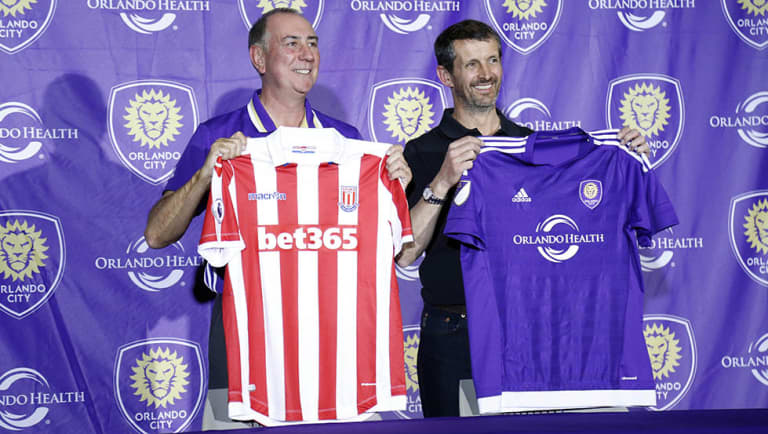
Rawlins, left, holds the home shirt of his beloved Stoke City while Stoke CEO Tony Scholes holds an Orlando home jersey. / USA Today Sports Images
Rawlins, who grew up a Stoke City fan and was on the club's board when the Potters won their way back to the Premier League in 2000, was talked into basing Austin's home kit on Stoke's red-and-white stripes. But there was a hitch:
(N)o supplier in the United States had anything vaguely similar. Eventually, with time running out before their first game, they located a supply via Umbro's sister company in Canada, but the uniforms couldn't be ordered direct. Instead an Umbro employee stashed the uniforms in the trunk of his car, drove from Toronto to Niagara, New York, swapped them over to an Umbro car in the United States, and the goods were driven to the nearest UPS depot and shipped to Austin. They effectively "smuggled" their own uniforms into the country. Nothing came easy for the Aztex.
4. His bid to bag a star survived a social media leak – from a surprising source.
When Kaká was first exploring the idea of moving to Central Florida, under heavy recruitment from new majority owner Flavio Augusto da Silva, the superstar paid an unofficial visit to an Orlando City training session. Photos were allowed, but the event was under a social media blackout. Everything seemed to have gone well – until pictures started popping up on Facebook, causing Rawlins to fear that the deal might be scuttled before it could even leave port. Office staff traced the photos to da Silva, who had not been aware of the embargo and had posted photos Kaká had emailed to him.
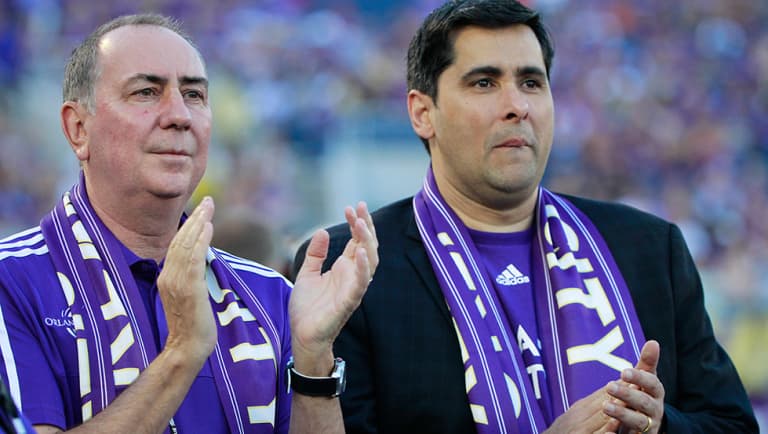
Majority owner Flavio Augusto, right, almost accidentally blew the club's cover while he and Rawlins courted Brazilian superstar Kaká. / USA Today Sports Images
The telltale evidence was hurriedly removed, and Phil breathed a sigh of relief. “We could laugh about it afterwards,” he admitted, “but for a while I was in a cold sweat thinking we had blown it and that any deal had been jeopardized. Thankfully it never really got out.”
5. He negotiated the Lions' stadium land deal in a bar.
When Rawlins and his fellow owners found that the biggest stadium they could build with public assistance would top out at 19,500 capacity, they decided to go it alone, finance the 25,500-seat project on their own and try to buy the land from the city at market value. Rawlins and Mayor Buddy Dyer met on Memorial Day 2015, in a hotel bar, and Dyer agreed to the proposal:
“I didn't think anybody would quibble about it, and I didn't see how the city could lose, so we drafted a memorandum of understanding – on the back of our bar check, of all things – and signed it. What was horrible about it was that a deal like that should have been made over whiskey and scotch. I had a Bloody Mary and Phil had a wine. That was just wrong. I should have been the one to pay the bill, but I did keep it and even had it framed.”

